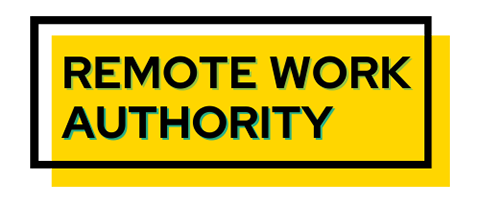Hiring a great employee is step one. Step two is giving them all the necessary tools and information to help them thrive in their new career. Creating a 30-60-90 day plan allows them to transition into the role with clear goals and expectations.
An organized onboarding process, especially for remote employees, makes the job transition easier for everyone. A great tool to include in this process is a 30-60-90 day plan. By mapping out the first three months of their employment, you can help them prepare for more than just the basics of their role.
A proper plan gives them the tools to think independently and logically solve problems while aligning with company values. It also helps employees recognize how their success affects the company as a whole.
What Is a 30-60-90 Day Plan?
A 30-60-90 day plan is a document to help new hires settle in and understand their role in the company and how each piece of the company works together.
The plan is broken down into three parts:
Days 1-30: As you ease the employee into their role, you should heavily focus on policies, products, responsibilities, and team structure. This period is all about learning. Have the new hire create a North Star (or personal mission statement) and ensure it aligns with company values.
Days 31-60: After a month of training, your new hire should be ready to work with minimal supervision. Focus on letting them explore the boundaries of their role and independently solve issues as they arise. Mistakes and questions are to be expected during this period.
Days 61-90: In their third month on the job, the employee should be confident in their position. They should be efficient in their role and focus on company and personal long-term goals.

7 Benefits of a 30-60-90 Day Plan
A well-organized, cohesive, complete plan:
- Clearly lays out priorities and expectations.
- Helps manage goals.
- Strategically spaces out the onboarding process to keep an employee from feeling overwhelmed.
- Communicates company values.
- Enables and encourages employees to self-manage.
- Ensures new hires have all the resources they need.
- Builds trust.
What Should a 30-60-90 Day Plan Include?
Company Mission
Informing and reminding employees of the company’s mission statement will help them make better daily decisions that align with the company’s long-term goals. It allows employees to realize how each piece works together and makes their daily work more meaningful, meaning they will likely feel proud of what they create and complete projects to the best of their abilities.
Company Culture
Company culture sets the tone for all interactions in the workspace. It dictates values, standards, purposes, attitudes, and behaviors. A good company culture is important to job seekers and can lead to 202% more productivity and a 33% increase in revenue.
Ensure your team leaders are exceptionally aware of and embody your company culture; as they set the example.
If your company has Slack channels for water cooler talk, monthly meetups, or bonds in any other way, ensure to let the new hire know how they can join these social events.
Introduction to Coworkers
Include photos and job descriptions of people the new hire will work closely with. This will help them remember new names and faces while also clarifying what everyone’s role is.
Expectations
Communication is key. By clearly informing your new hire of what you expect of them, there should be minimal miscommunications and more productivity. While they will make many independent decisions in their remote role, they will not need to wonder if they’re on the right path. If desired, send out weekly or monthly expectations to help your team stay on track.
Goals
As a manager, you must clearly communicate company goals to your new hires. Ensure they are attainable and job-related. Leave some extra space in this area for your new employee to add personal goals they would like to achieve professionally within these few months.
Organized Overview of the First Day
Many companies use checklists to create an overview of the new hire’s first day. They’ll need to learn how to set up their computer, access accounts, log in, which software to use and how, who to send calls or messages to, etc. Laying this out clearly will help the employee feel confident on the first day.
A List of Resources
Include a link to the company handbook, team directory, HR department, benefits, and job descriptions. Having all of this at their fingertips will encourage the employee to find the answers to their questions independently.


